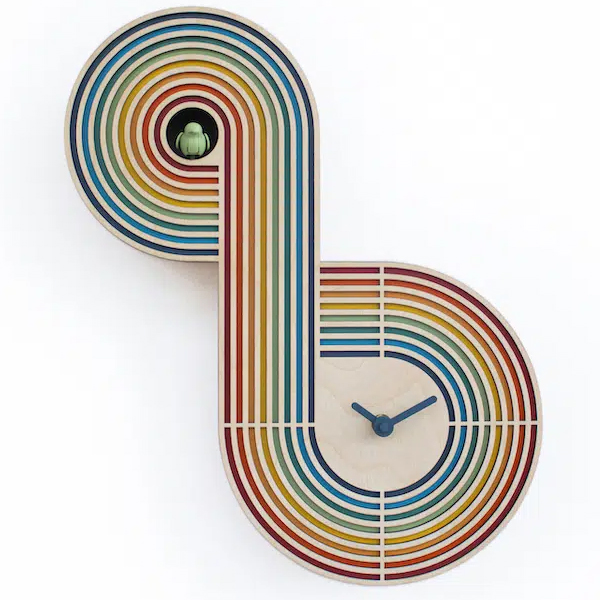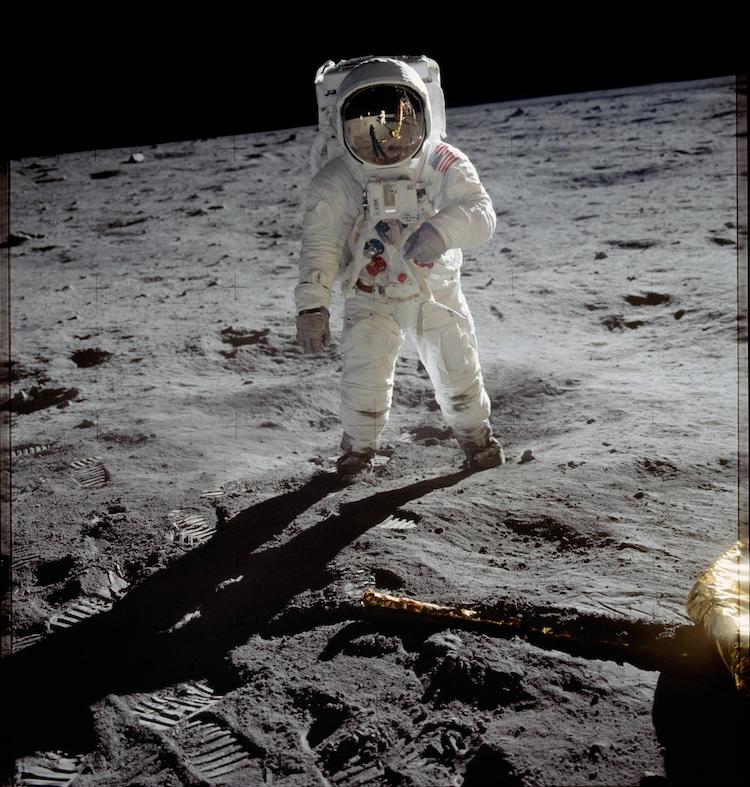
Photo credit: NASA
This post may contain affiliate links. If you make a purchase, My Modern Met may earn an affiliate commission. Please read our disclosure for more info.
The 50th anniversary of the moon landing is on July 20, 2019. Looking for a way to celebrate this amazing human achievement? Just pick up a book! Books about the moon landing offer a detailed look at the event that left an indelible mark on our culture—including rare and never-before-seen images.
To help you wade through the massive selection of titles, we've picked some great books about the moon landing. One publication, titled The Moon 1968 – 1972, gives us a first-hand look at what Neil Armstrong and Buzz Aldrin saw while walking its surface—literally. The book features images taken from their Hasselblad cameras and curates from a staggering 1,400 pictures. In doing so, it gives you an overall sense of what it was like to be looking down on the Earth.
Some of the publications on our list aren’t focused on the 1969 moon landing, specifically, but they demonstrate how artists and photographers are influenced by it. Color of the Moon: Lunar Painting in American Art, for instance, highlights the different ways in which artists have recreated the celestial body. Moon Viewing: Megaliths by Moonlight is another book that shares how monoliths, created by man, are illuminated by Earth's satellite. While incredible in scale, the megaliths still pale in comparison to the moon that looms from way above.
Check out our picks for creative books on the moon landing and beyond, below.
Here are the best creative books about the moon landing (and beyond). They are a great way to celebrate the 50th anniversary of the iconic event.
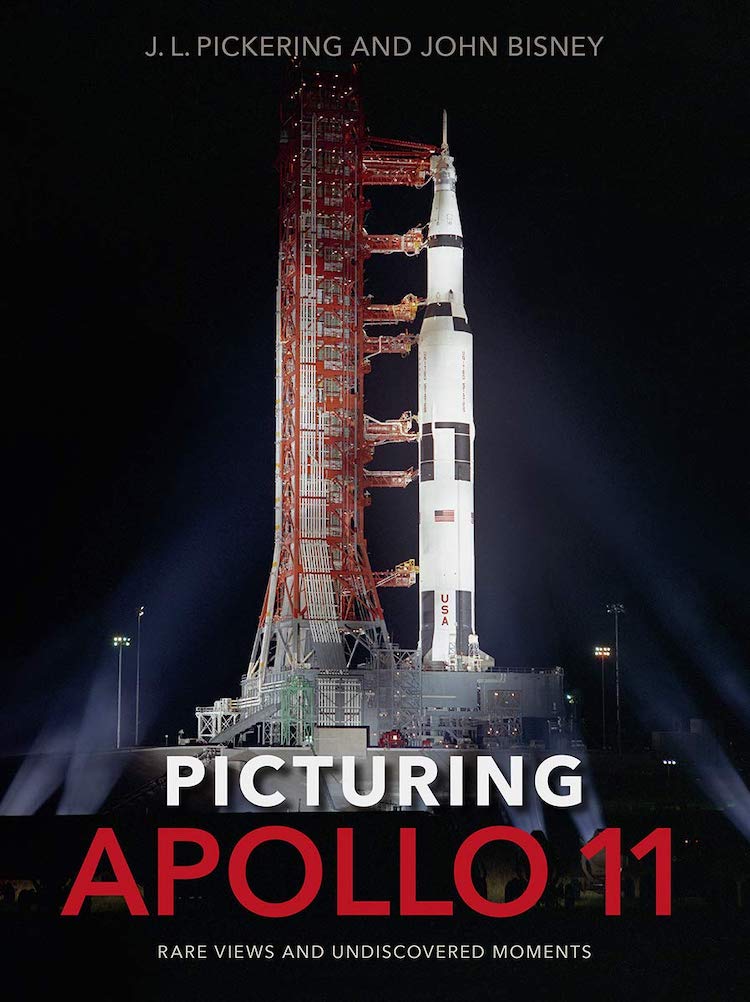
Picturing Apollo 11: Rare Views and Undiscovered Moments by J. L. Pickering and John Bisney
Picturing Apollo 11 offers a new photographic history of the iconic space mission. It features “unpublicized and recently discovered images” that highlight the people, places, and events that helped Neil Armstrong, Michael Collins, and Buzz Aldrin successfully land on the moon.
View this post on Instagram
The Color of the Moon: Lunar Painting in American Art by Hudson River Museum
The moon is an alluring subject for American painters. Through an exhibition organized at the Hudson River Museum, this accompanying catalog showcases the different ways in which artists have explored the celestial body.
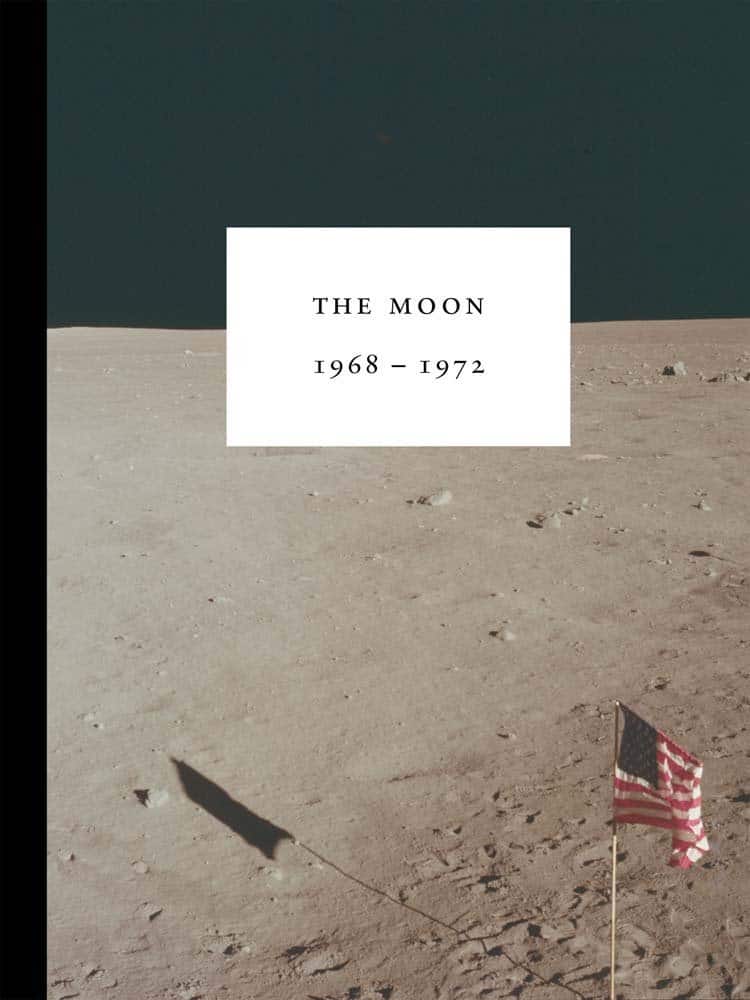
The Moon 1968 – 1972 by E.B. White and John Kennedy
The Apollo missions sent many men into space between the years of 1968 and 1972. Although each was well-documented, the astronauts were given cameras to snap pictures. Included is writing by the likes of E.B. White and President John Kennedy, making the book an exploration of the sublimity of space.
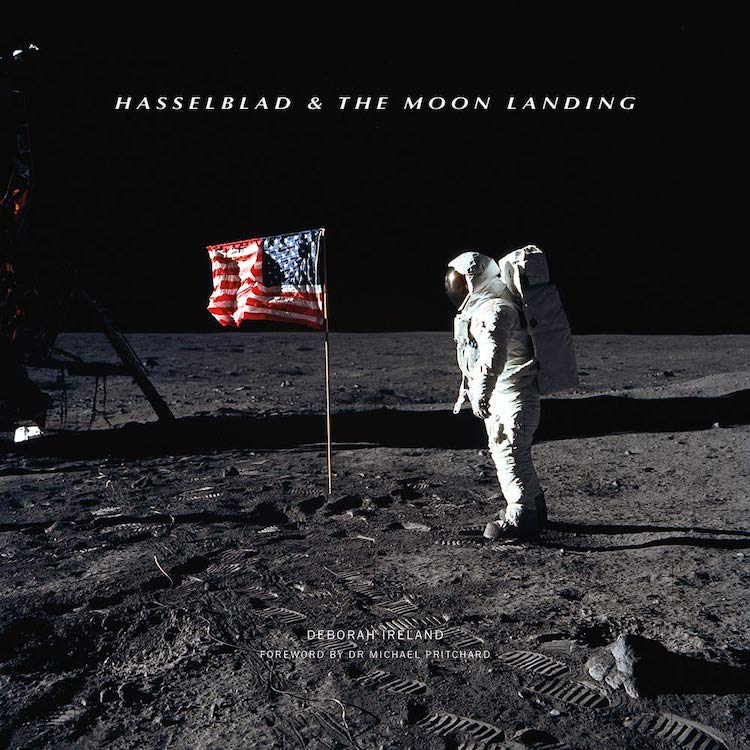
Hasselblad & the Moon Landing by Deborah Ireland
Similar to The Moon 1968 – 1972, Deborah Ireland’s book Hasselblad & the Moon Landing is an examination of the shots that Neil Armstrong and Buzz Aldrin snapped using their Hasselblad 500EL cameras. While it shares these firsthand images of the moon, the work also touches on the challenge of creating a camera that could take these pictures in the first place.
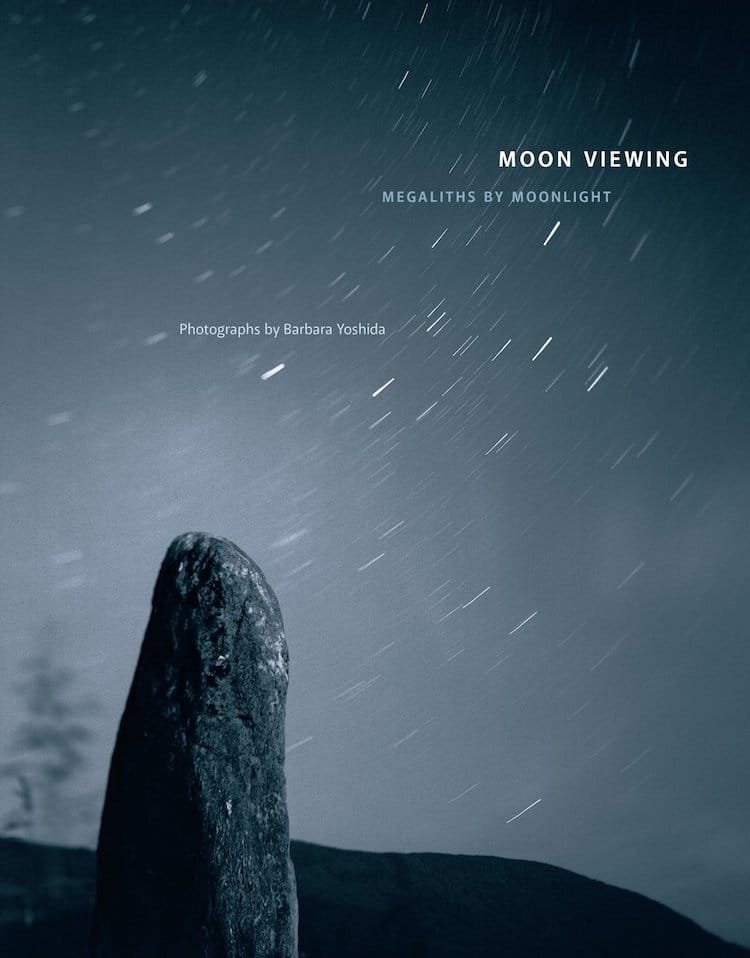
Moon Viewing: Megaliths by Moonlight by Barbara Yoshida
Megalithic monuments (such as Stonehenge) are found around the world. Barbara Yoshida documents these monoliths with 10 years of travel, and her published work showcases how the giant stones look against the moon and stars.
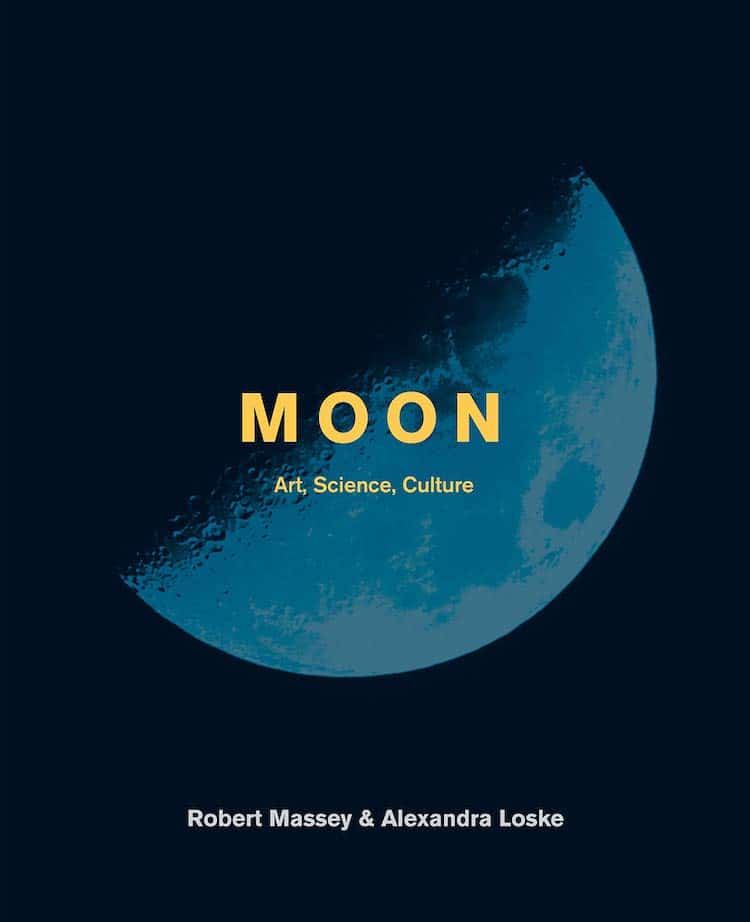
Moon: The Art, Science and Culture of the Moon by Alexandra Loske and Robert Massey
We are endlessly fascinated with the moon and express our allure for it through storytelling, artwork, and, of course, scientific explorations. Alexandra Loske and Robert Massey trace the visual history of the moon in this “illuminating volume.”
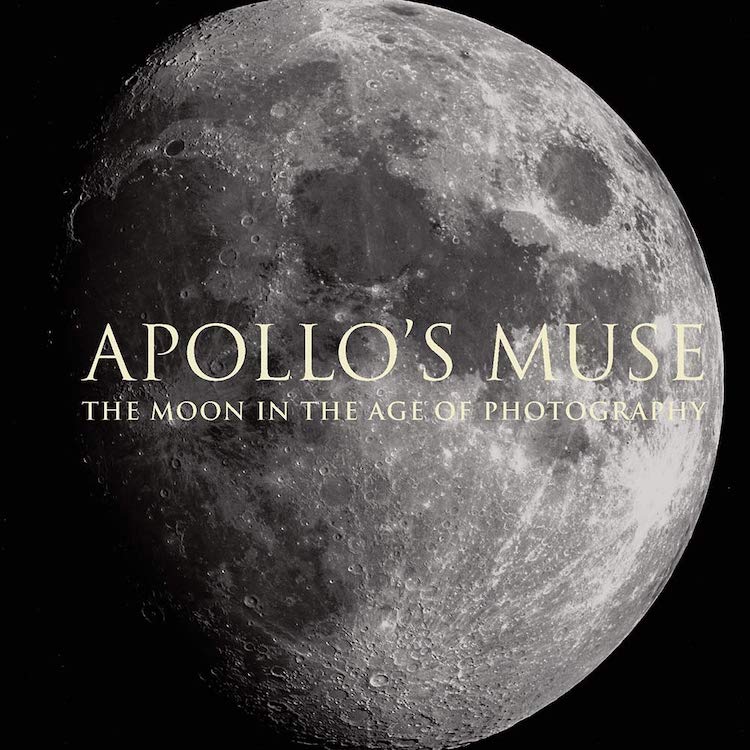
Apollo’s Muse: The Moon in the Age of Photography by Mia Fineman and Beth Saunders
The field of photography has undergone immense changes since the advent of the first photograph. Apollo’s Muse showcases the history of photographic representations of the moon from daguerreotypes to video art.
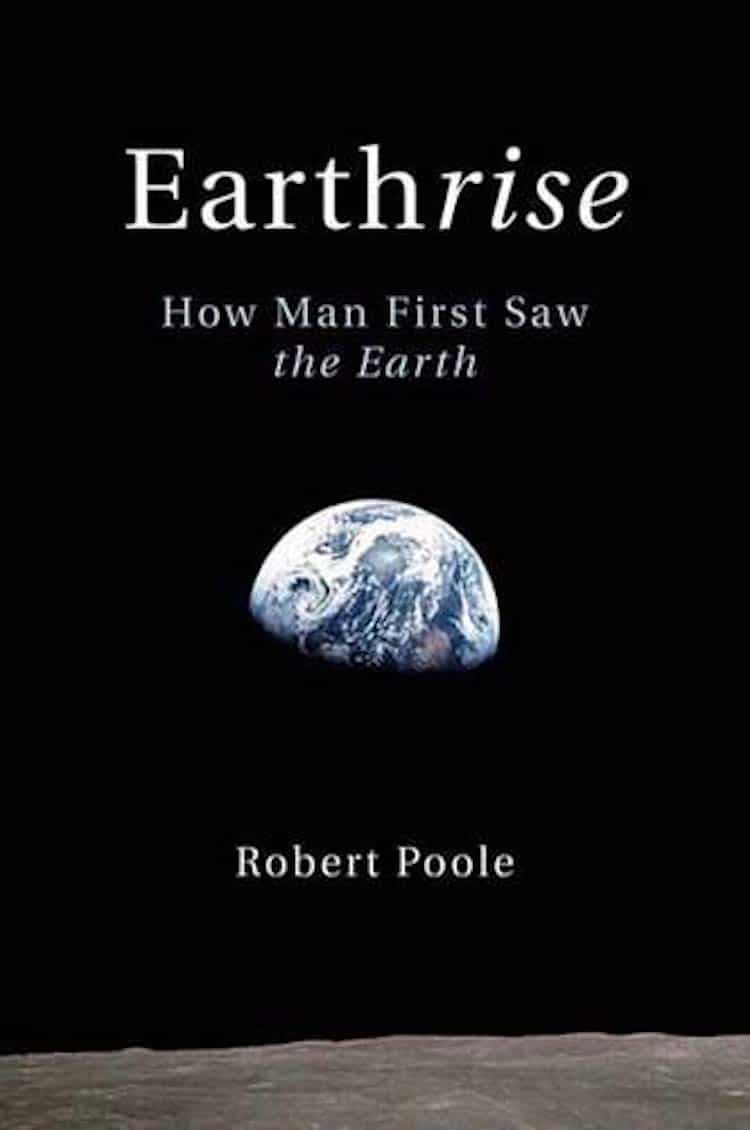
Earthrise: How Man First Saw the Earth by Robert Poole
What happened when our imagined visions of Earth met the reality of it? Earthrise is the story of the first photographs of Earth from outer space and the impact it had on our culture, science, and religion.
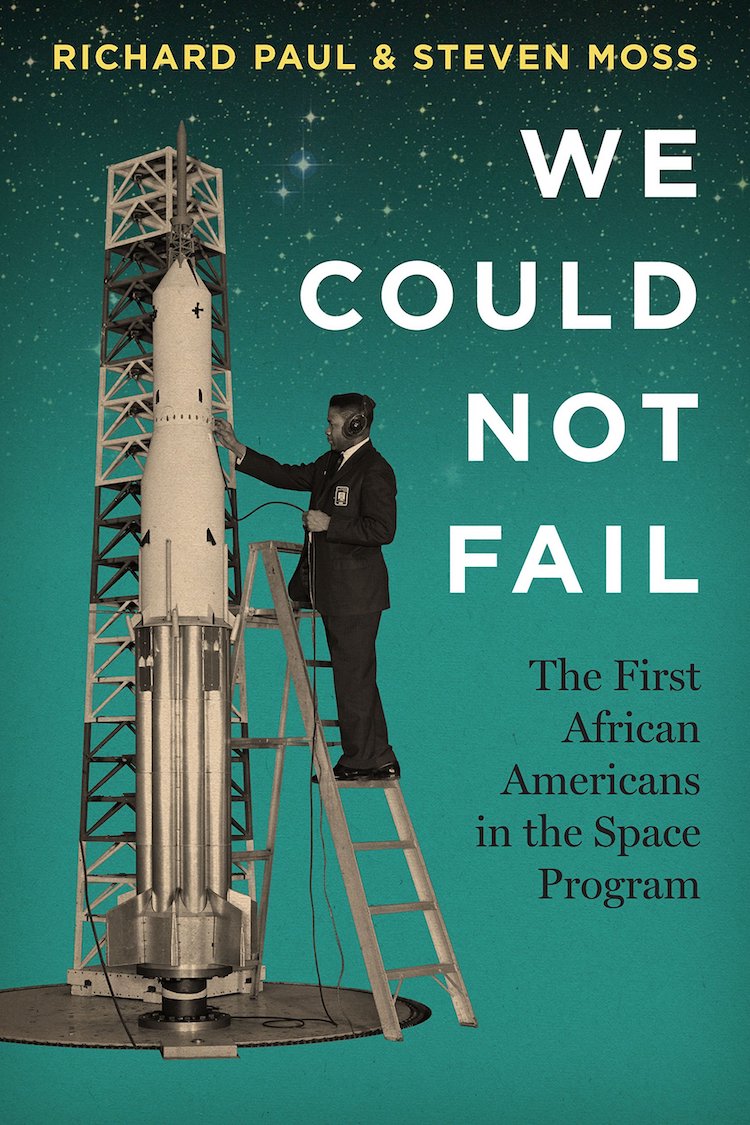
We Could Not Fail: The First African Americans in the Space Program by Richard Paul and Steven Moss
The Space Age began as the fight for civil rights “forced Americans to confront the long and bitter legacy of slavery, discrimination, and violence against African Americans.” During this time, Presidents John F. Kennedy and Lyndon Johnson used federal equal employment opportunity laws to open jobs at NASA and NASA contractors to African Americans. Authors Richard Paul and Steven Moss profile 10 African American space workers whose roles at NASA and the space program helped promote civil rights.
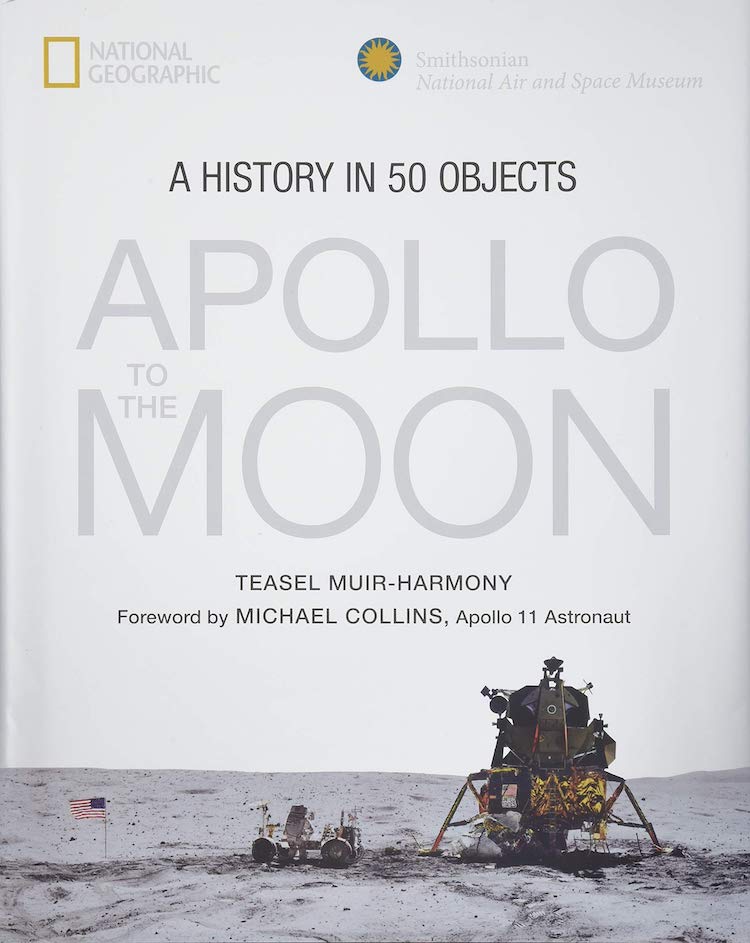
Apollo to the Moon: A History in 50 Objects by Teasel E. Muir-Harmony
Using 50 artifacts from the Smithsonian archives, author Teasel E. Muir-Harmony tells the story of the Apollo 11 landing and man’s subsequent walk on the moon. The curated objects range from the lunar rover to space food to moon rocks, and each tells an interesting story that ultimately helped make the mission a success.
Related Articles:
LEGO Launches NASA Apollo 11 Lunar Lander Kit for 50th Anniversary of Moon Landing
Interview: Backyard Astrophotographer Shares His Passion for Photographing the Moon
15 Must-Have Products Inspired by the Majestic Beauty of the Moon


















































































